A Cretan Odyssey
Price in euro
Price for 6 people 1.280 € pp - Less than 6 people, price upon request
 Der oben genannte Ausflug kann in Deutsch mit einem diplomierten Fremdenfuehrer durchgefuehrt werden.
Der oben genannte Ausflug kann in Deutsch mit einem diplomierten Fremdenfuehrer durchgefuehrt werden.
 L’ escursione citata si puo effettuare con la guida ufficiale nella lingua italiana.
L’ escursione citata si puo effettuare con la guida ufficiale nella lingua italiana.
When: Year round
Languages:  Greek,
Greek,  English,
English,  French,
French,  German,
German,  Italian,
Italian,  Russian
Russian
Duration: Seven days / seven nights
Meeting Point: Heraklion: Liberty Square; or, upon request, pick up at your hotel, harbor, or Kazantzakis International Airport
Dress Code: Casual; comfortable walking shoes; warmer clothes in early spring; wide-brim hat; back pack; sunblock. Note: limit luggage to one medium-size suitcase
Including: Τransportation throughout the tour, entrance fees to all sites mentioned, 7 nights in 3 or 4 stars hotels, 7 breakfasts, 3 diners, guiding services of a professional qualified guide in your language throughout the trip
Food: Yes
Walking Difficulty: Easy walking throughout
Rest Rooms/ WC: Yes
Day 1. Minoan Palace of Knossos and the Heraklion Archaeological Museum a walk through the historic section of Heraklion (overnight: Heraklion). Knossos is one of the most famous archeological sites in Greece and Europe, and marks the beginning of the Bronze Age civilization, known as the Minoan. The Palace of the legendary King Minos, located south of Heraklion, was according to the Greek Mythology the labyrinth, home of Minotaur. Built around 2000 BC, Knossos had almost 1400 rooms, 4 floors, frescoes, courtyards, workshops, throne rooms etc. Heraklion is the largest city in Crete, located in the middle of the islands north coast. Its population is over 200.000 people, a city with great history as it was originally built at the times of Knossos, and there is a non- stop human presence ever since. It was captured several times in the past, by different people, from different parts of the world, each one living its mark behind. The archeological Museum of the city is among best in Greece, where you can see unique minoan art and frescoes from Knossos, but also a wide range of exhibits from 1100 BC, to 2nd c. AD.
Day 2. East Crete: Minoan Palace of Malia; the Byzantine church of Panagia Kera in Kritsa village; the town of Agios Nikolaos (overnight: Heraklion). A trip to the East part of Crete, and some of its highlights! The Malia Palace, originally discovered by a Greek archeologist and later on excavated by the French, is known to many as one of the most complete excavation. It is very little restored, and gives a clear picture of its ancient features. The king of Malia was Sarpidon, the third brother of King Minos, who later on due to bad behavior was expelled to Asia Minor by his own brother, where he established ancient Miletos. Further on towards the Dikti Mountains, lies the Byzantine church of Panagia Kera. This is considered the jewel of Byzantine art in Crete. The frescoes on its walls are extremely good preserved, inspired by the apokrypha Gospels, executed by great masters of Byzantine painting. Agios Nikolaos is the capital city of East Crete. It is built on the western coast of Mirabello bay, enjoying wonderful views over the sea water. Its lake, located in the center, is the most picturesque part of it, with a promenade and its numerous cafes and restaurants.
Day 3. South Crete: Ancient Gortyn — ancient Greek city, later capital of Roman Crete, and site of the Church of St. Titus; winery Domain Zacharioudakis in Plouti (overnight and group dinner in Zaros, a traditional village in the foothills of Mt. Ida). The ruins of Gortyn are occupying a large area of the Messara plain, in the center of Crete. When the Romans attacked and captured Crete, they made ancient Gortyn the capital city of Crete for 800 years. In the area you can see the basilica of Titus, first archbishop of Crete, the ruins of the Odeion, and the world famous inscription known as the Gortyn law code, cut on lime stone. Crete’s wine has been awarded several times, as one of the best over the years. Due to its fertile soil, several varieties of local grapes are cultivated and the last years more and more private wineries have been established. The Zacharioudakis winery is one them, located on top of a hill with amazing views over the valleys. Our next two overnights will be in Zaros village at the foothills of Mount Ida. There we will enjoy the hospitality of the people, we will dine on organic tasty food, and we will experience the true village life.
Day 4. South coast: Minoan palaces of Phaestos and Agia Triada; Matala. (Overnight and group dinner in Zaros). The Palace of Phaestos is the second next to Knossos, where King Radamanthys lived and ruled. The excavation begun in the early 20th century by the Italian School of archeology, revealing the two different phases of Minoan civilization. It is the place where the mysterious Phaestos clay disk was found, known as the earliest example of European writing. Agia Triada is a smaller Μinoan villa just 3 kms. away from Phaestos. Although it was excavated in the early 20th century, the site was never really officially published, but it is believed to be a royal residence of the Knossian dynasty. Some of the most high level artifacts were found there, are now in the Heraklion Museum. The bay in Matala was an ancient harbor, and in Roman Times the area was used as a cemetery. On the side of the cliffs, one can see the Roman stone cut tombs, that later on were occupied by hippies, and gave Matala a world fame…
Day 5. Arkadi Monastery; a walking tour of the old Venetian part of Rethymno, including the Venetian fortress and the Archeological Museum (overnight: Chania). All Greeks regard Arkadi Monastery as a bulwark and symbol of freedom. The site of the 1866 battle between Cretans and Ottoman Turks, the monastery was destroyed and only a few of its occupants escaped the massacre. But the brave and stubborn resistance exhibited by the martyrs of Arkadi, including the abbot of the monastery, proved the stimulus for widespread resistance throughout the island that attracted the attention of several foreign countries and finally resulted in the liberation of Crete. The atmospheric Venetian town of Rethymno is located on the sea water, a very charming city, with a great history. The old Venetian ports with its lighthouse, the back alleys with the colorful shops, make the town very attractive. A university city majoring in Humanitarian studies and economics. The city is also known as the city of the dolphins as depicted on ancient coins. Overlooking the old town is the fort of Rethymno, built in the 16th century. It’s one of the first things a visitor casts their eyes on once reaching Rethymno. Designer of this fort was San Micheli, responsible for fortifying the island of Crete during the Venetian occupation.
Day 6. Extensive walking tour of Chania in the Archaeological and Nautical Museums; free afternoon for shopping and relaxation (overnight: Chania). Chania is the second largest city of Crete with a population of about 60.000 inhabitants. The city is built on top of Minoan ruins where the ancient Kydonia used to be. The researches brought to light an extensive town, and the finds are to be seen in the archeological Museum. During the Byzantine Period, the Kastelli hill was fortified but later on, as the Venetians came, they constructed big walls and expanded the city towards all directions. It was that time that most of what you see today was built. In Ottoman Period several of the churches were turned to mosques and today the visitor can see some of the minarets still standing. The archeological Museum, not far from the old port, is created into an earlier Catholic Monastery. It displays finds from various areas and periods of Crete including Minoan. On top of the list, stands the ‘master’s impression’. The Naval Museum ranks among best in Europe, and one can see replicas of all types of ancient boats, a model of the city during the 16th c. and an exhibition about the second world war.
Day 7. Roman Aptera; Souda Bay Cemetery, after at leisure in Chania (overnight and farewell group dinner: Chania). The Roman city of Aptera commands the hills atop Souda Bay. It was one of the most powerful cities of west Crete, and although what the visitor can see is mostly roman ruins, the city existed quite earlier. The good preserved water cisterns show the wealth and population of the ancient town. The War cemetery in Souda preserves the graves of 1527 Commonwealth soldiers and officers from Great Britain, Australia, and New Zealand who lost their life defending Crete in 1941. The Germans suffered severe damage, loosing thousands of paratroopers, but finally they captured Crete. We will enjoy a free afternoon and later in the evening we will dine together in a nice restaurant, as a farewell group dinner.
Special Remarks
This tour does not include tips to guides and drivers, and miscellaneous personal expenses



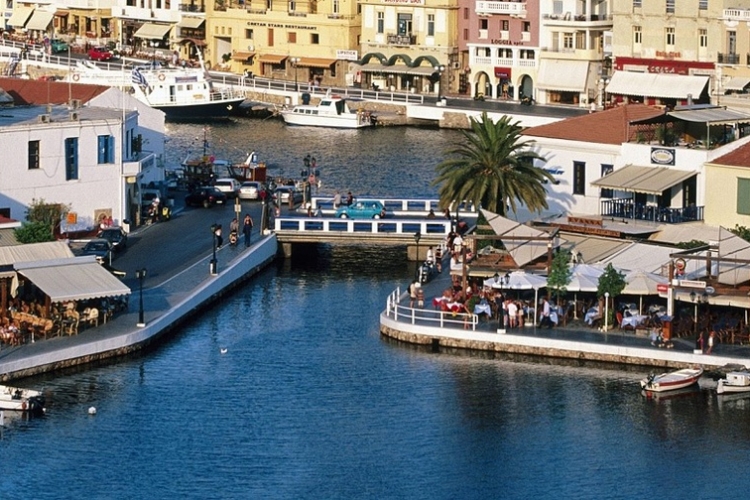
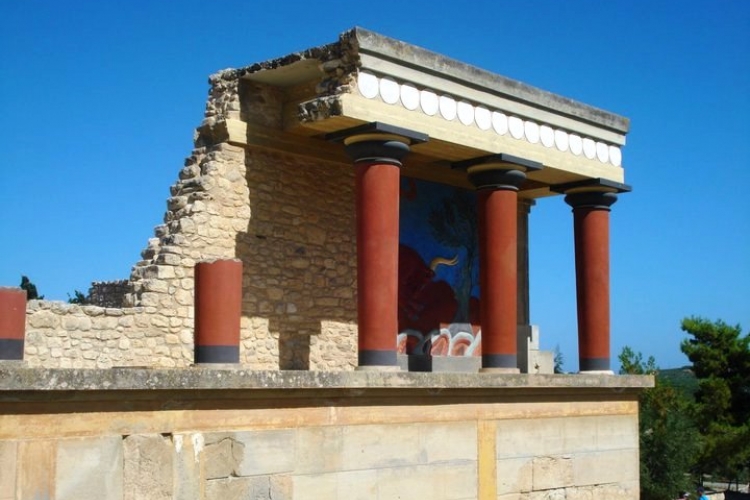
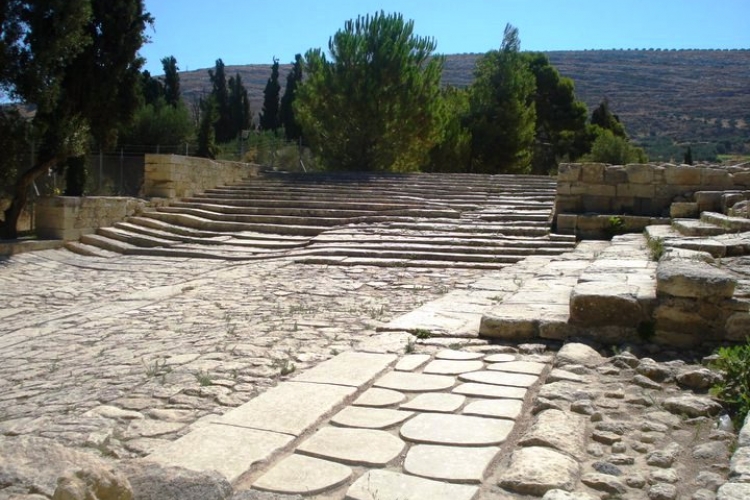
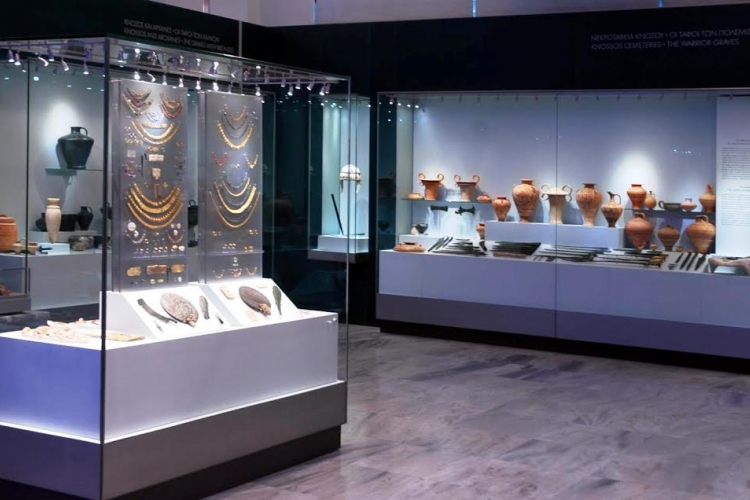
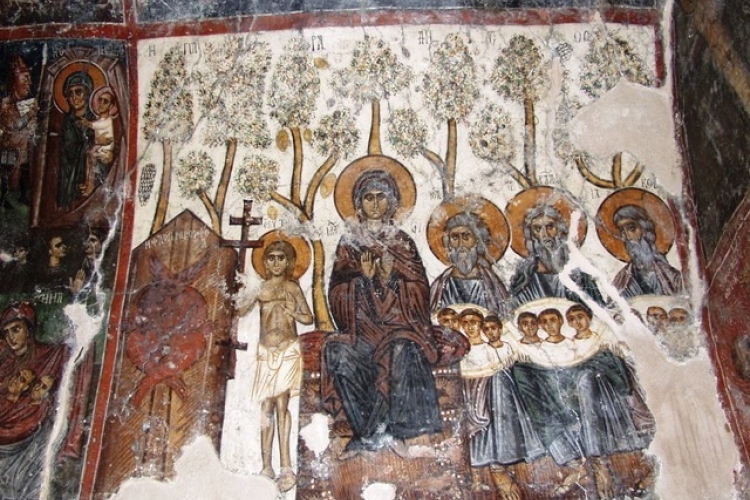
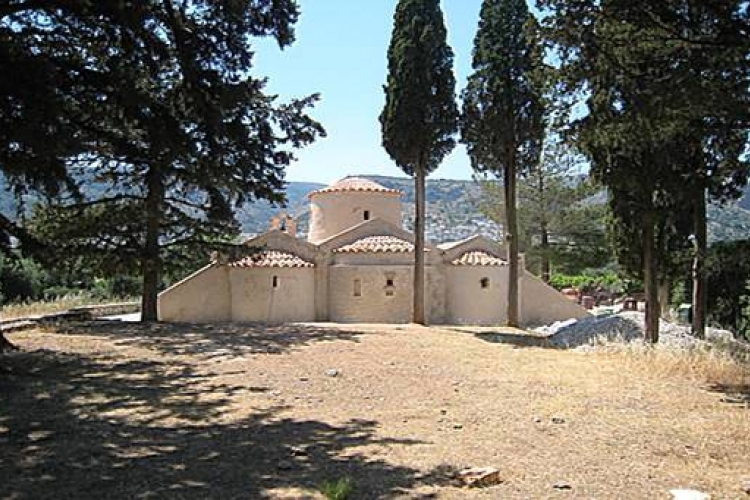
_750_500_s_c1.jpg)
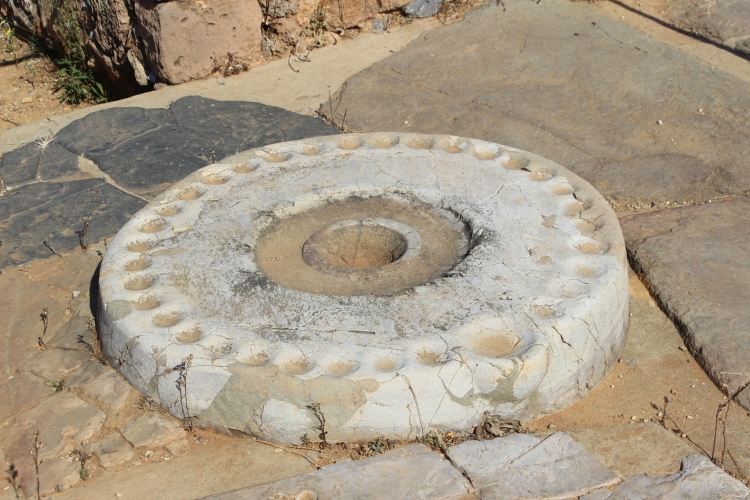
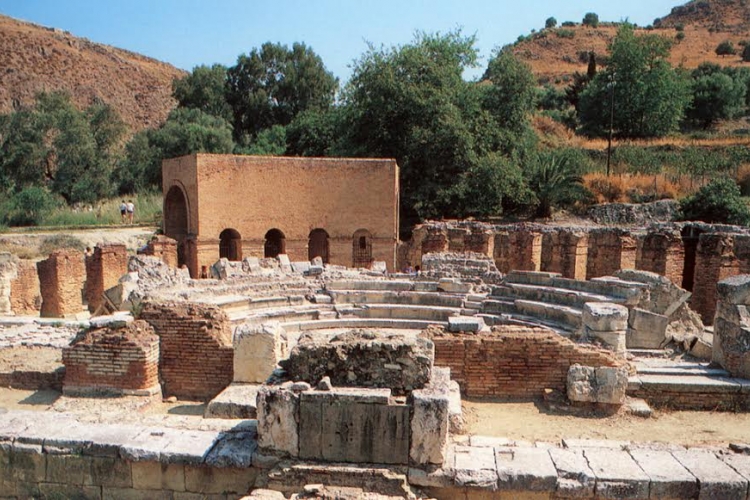

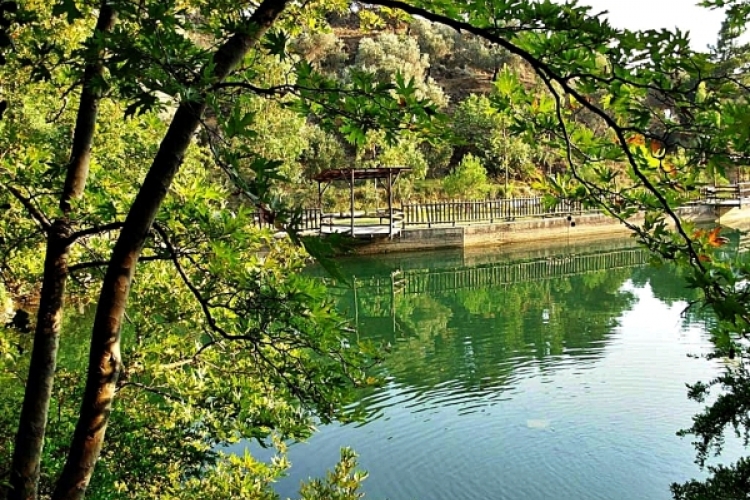

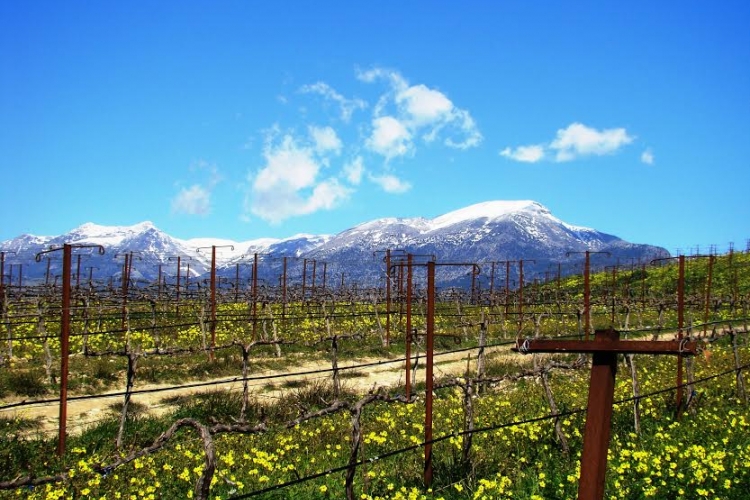

_750_500_s_c1.jpg)
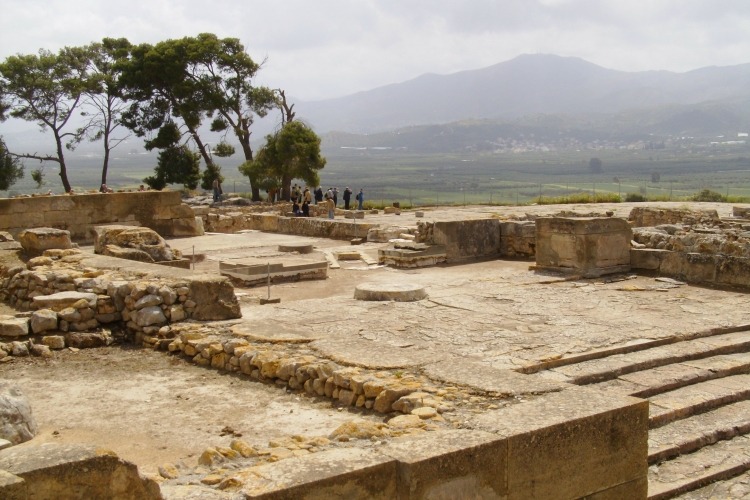

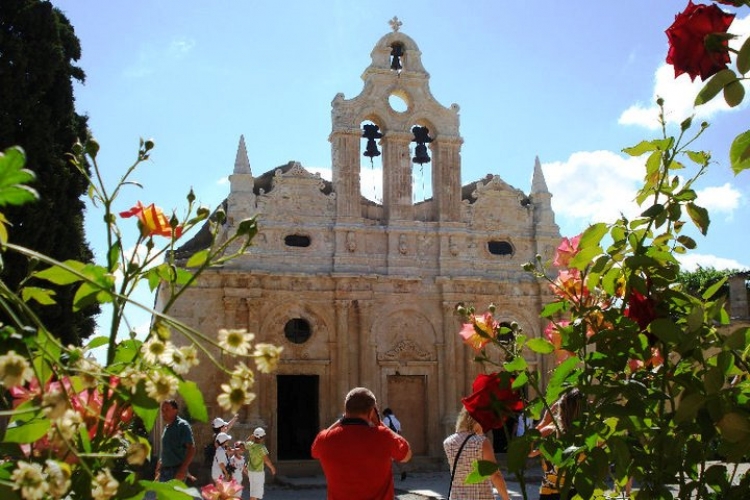
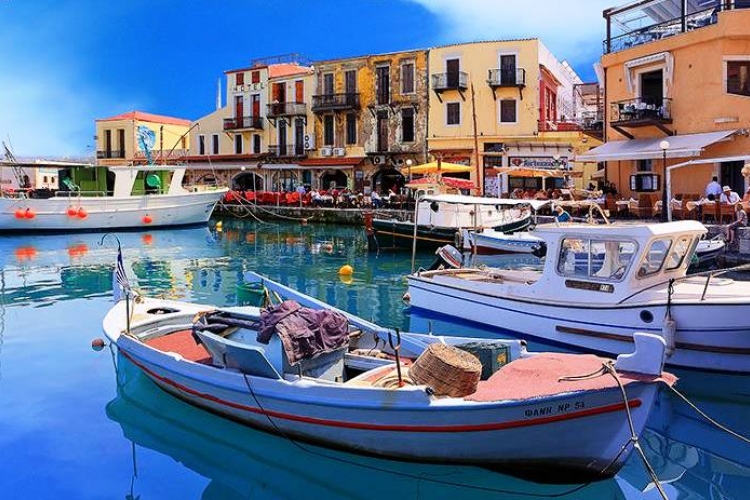
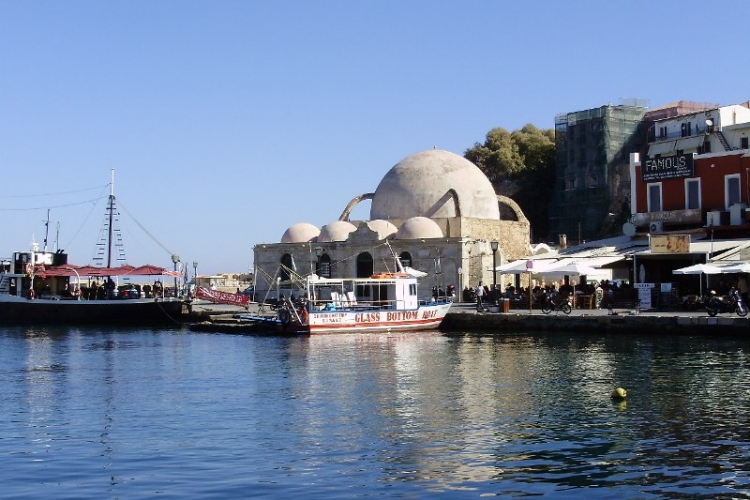


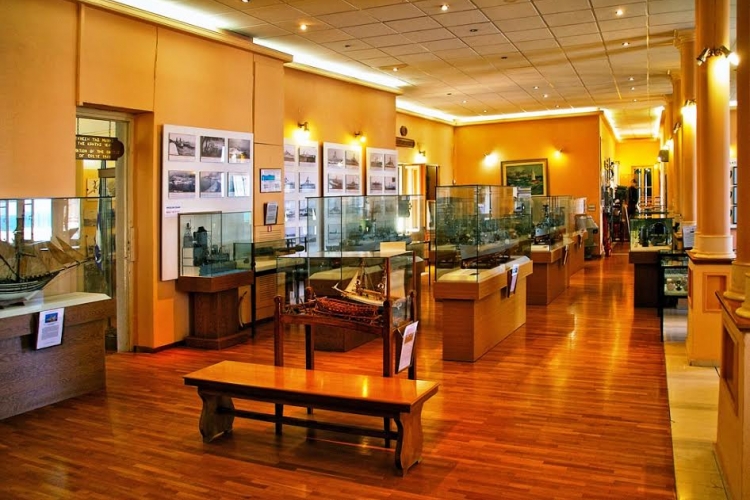

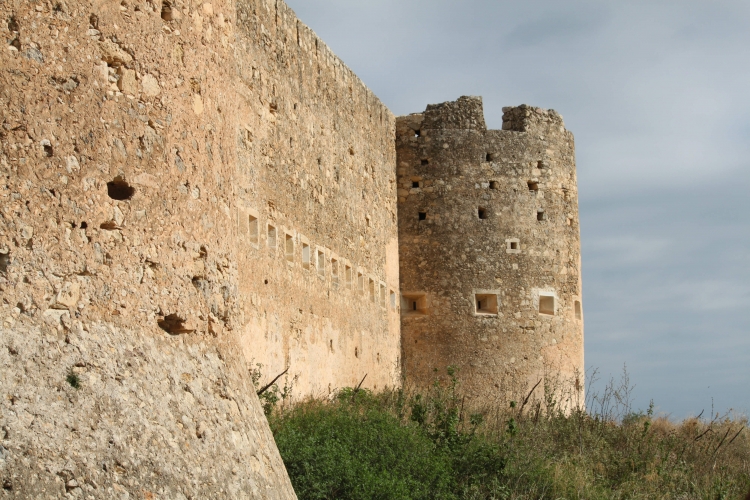
_750_500_s_c1.jpg)
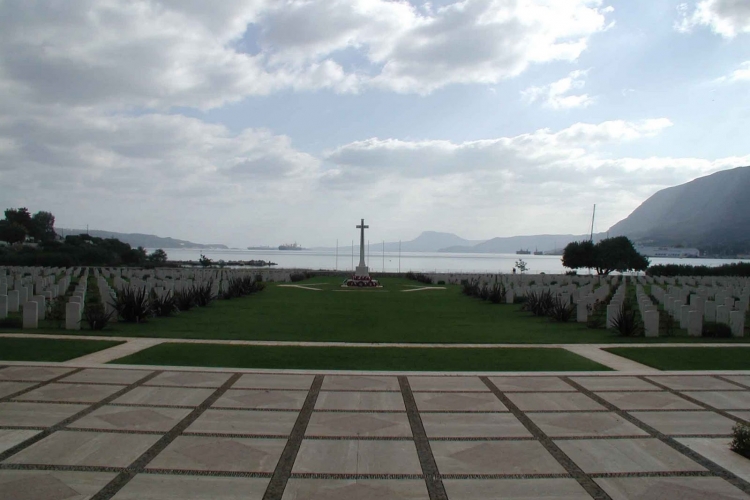






_100_66_c1.jpg)







_100_66_c1.jpg)










_100_66_c1.jpg)

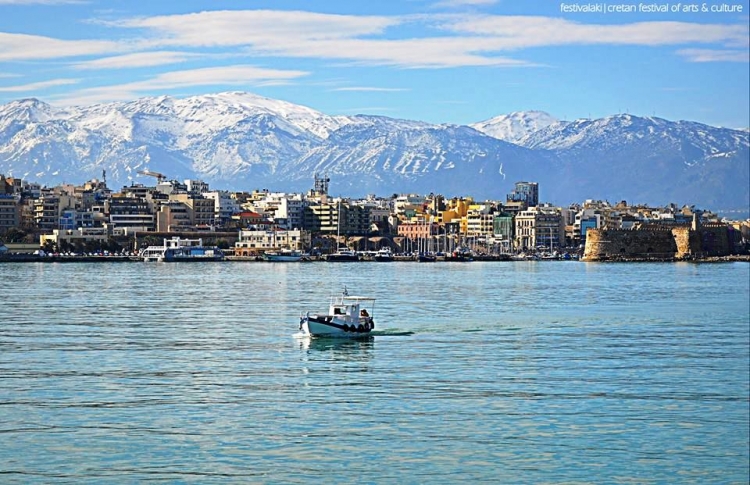
_750_500_s.jpg)
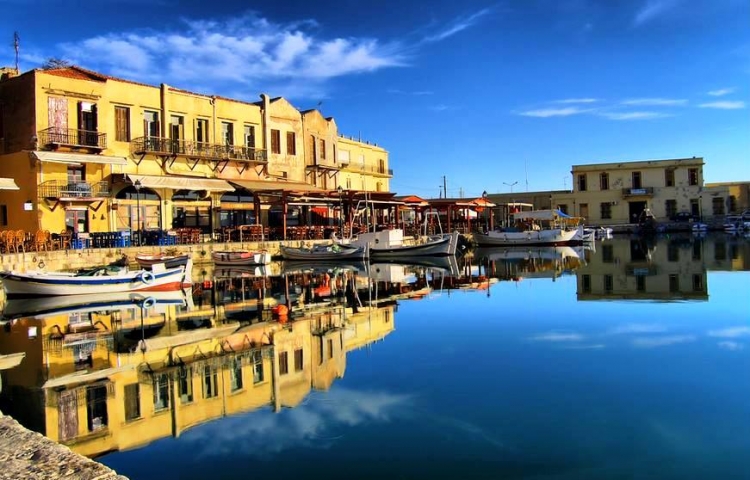
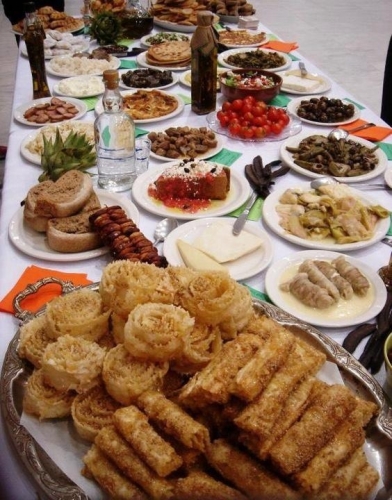


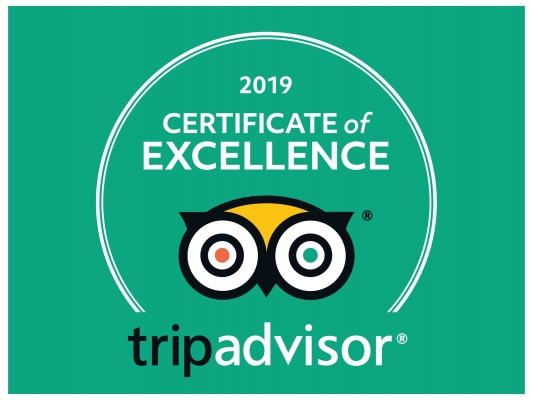
_566_400_s.jpg)
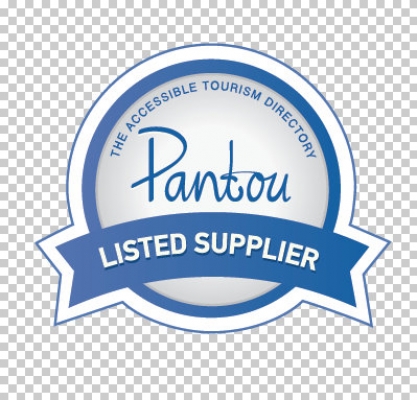

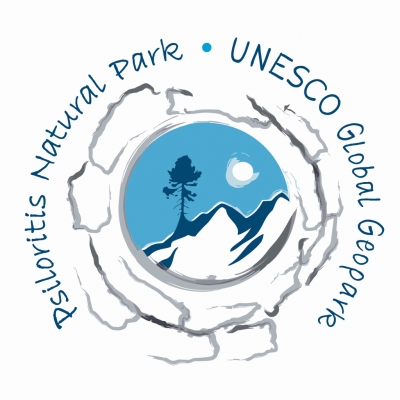

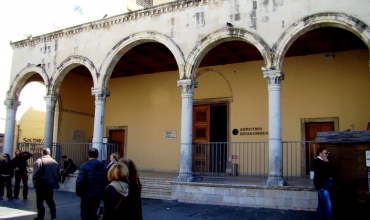
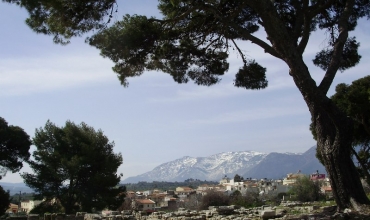
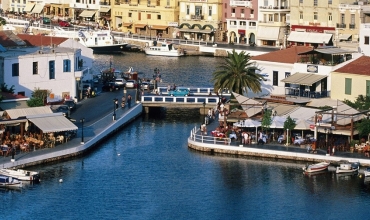

 Botanical
Botanical
 Culinary/Gastronomy
Culinary/Gastronomy
 Geology
Geology
 Hiking
Hiking
 Historical
Historical
 Village experiences
Village experiences
 Sports activities
Sports activities
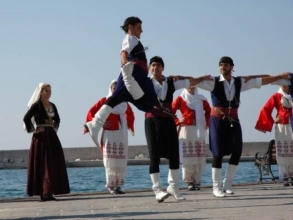 Cultural
Cultural
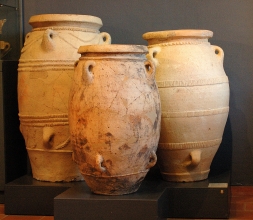 Archaeology
Archaeology
 Shopping
Shopping
 Religious Tourism
Religious Tourism
 Congress
Congress
 Accessible Tours
Accessible Tours










